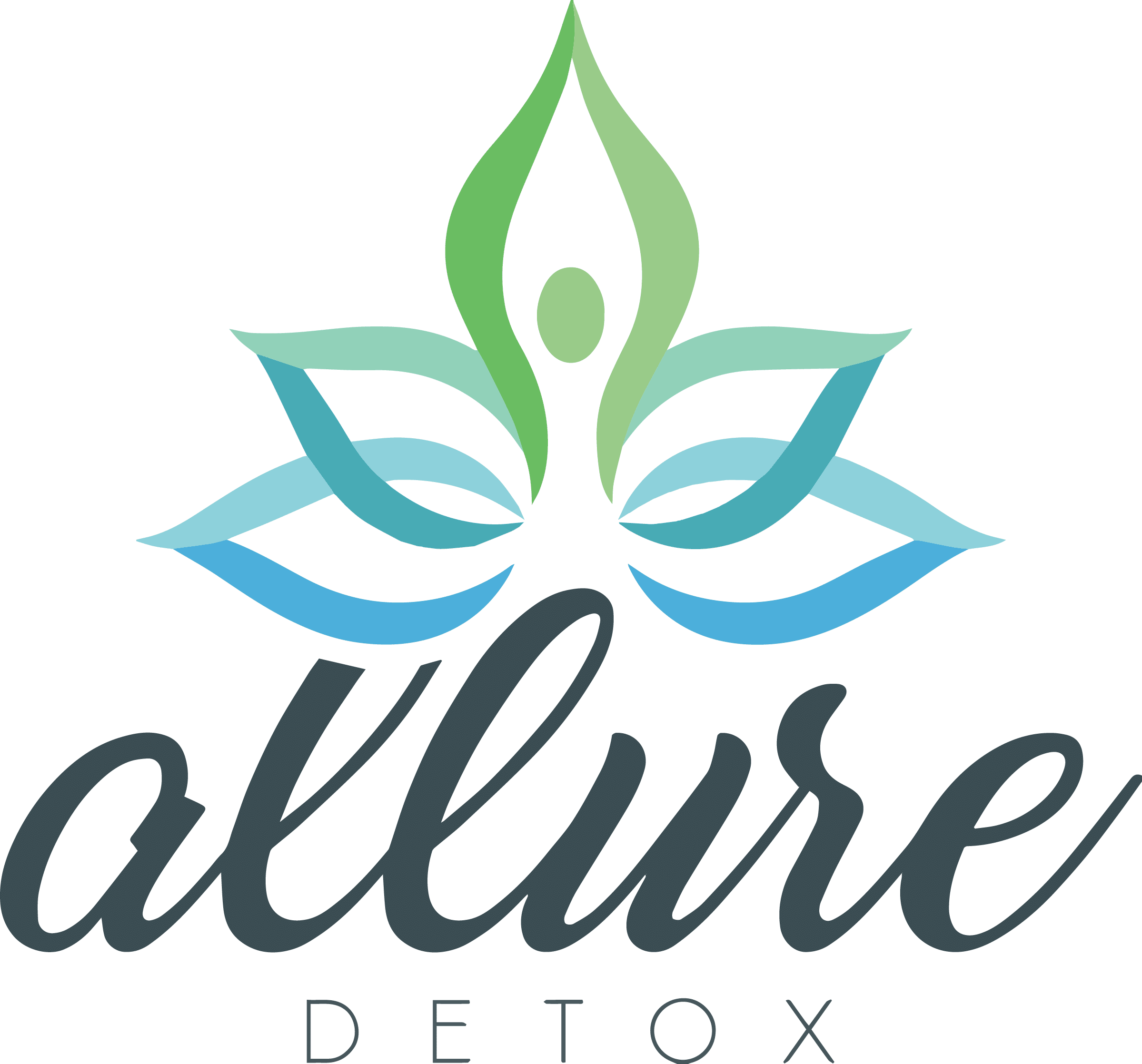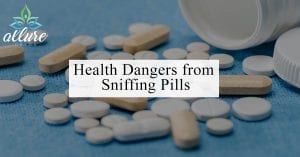
Tag: Opiates
An opiate, in classical pharmacology, is a substance derived from opium. In more modern usage, the term opioid is used to designate all substances, both natural and synthetic, that bind to opioid receptors in the brain


What Do Track Marks Look Like?
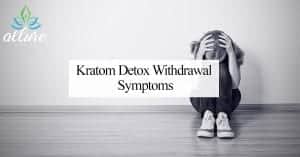
Kratom Detox Withdrawal Symptoms
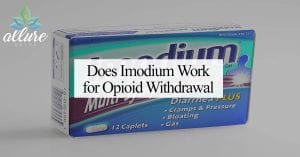
Does Imodium Work for Opioid Withdrawal?

